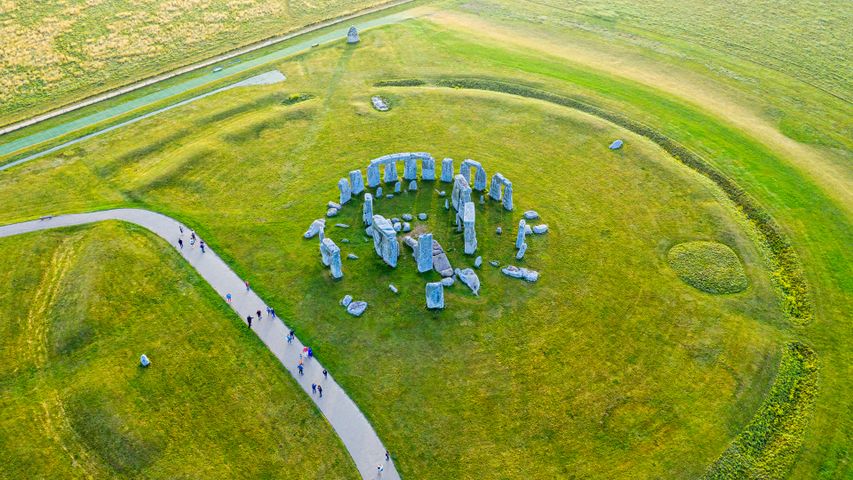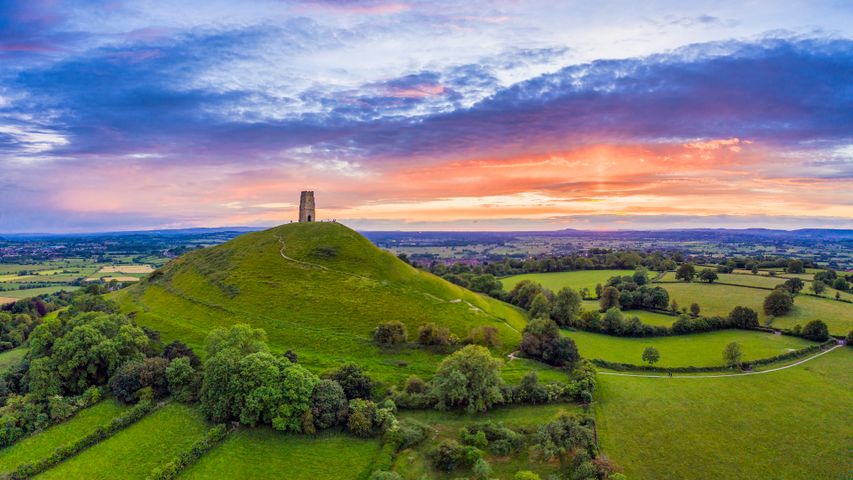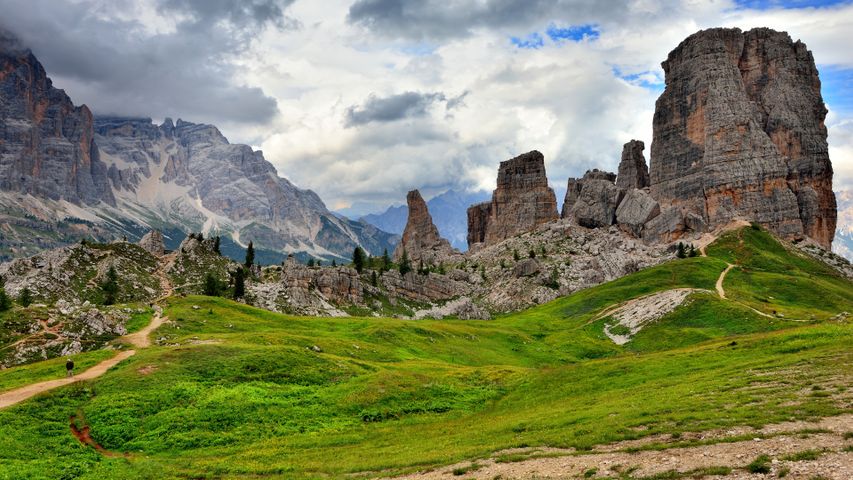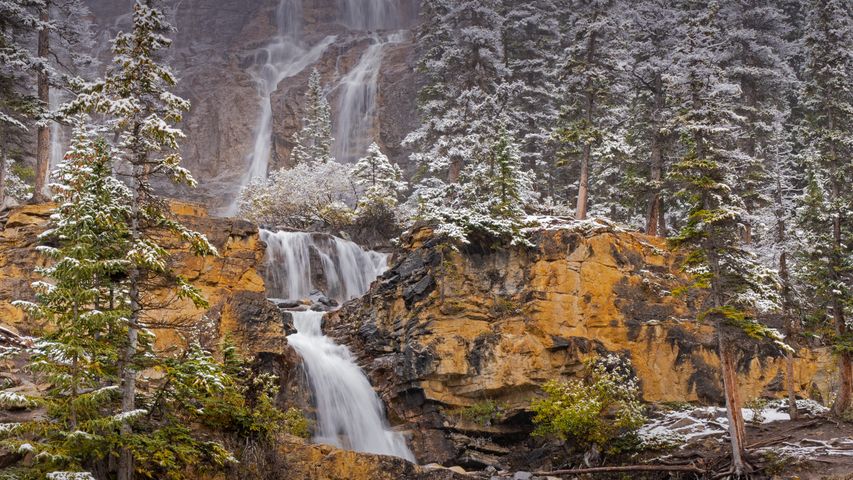Stonehenge, Wiltshire, England
© Gavin Hellier/robertharding/Subjects/Getty Image
The riddle of the stones. Stonehenge, Wiltshire, England
Stonehenge—part ancient marvel, part prehistoric riddle. Standing proudly on the Salisbury Plain in Wiltshire, England, this stone circle has intrigued historians, archaeologists and curious travellers for centuries. But what is it? A celestial calendar? A burial site? A gathering place for ancient ceremonies? While we may never have all the answers, Stonehenge certainly rocks the imagination.
Constructed around 5,000 years ago, this Neolithic monument was a feat of both engineering and determination. The larger stones, known as sarsens, weigh an average of 22 tonnes each and were likely transported from nearly 20 miles away. The smaller bluestones—still weighing in at around two tonnes each—came from Wales, roughly 150 miles away! Just how they were moved remains a point of debate, with theories ranging from rollers and sledges to waterways and sheer manpower. In modern times, Stonehenge has been the backdrop for festivals, research and serious debates over preservation as millions visit each year to walk among these ancient giants. Crowds gather each year at this UNESCO World Heritage Site as it is aligned to the sunrise on the summer solstice and the sunset on the winter solstice.
Related Images
Bing Today Images




 St. Michael's Church Tower on Glastonbury Tor, Glastonbury, Somerset, England
St. Michael's Church Tower on Glastonbury Tor, Glastonbury, Somerset, England
 Masai giraffe mother grooming her calf in the Serengeti, Tanzania
Masai giraffe mother grooming her calf in the Serengeti, Tanzania
 Cinque Torri, Dolomites, Italy
Cinque Torri, Dolomites, Italy
 Lesser rhea adult male with chicks, Torres del Paine National Park, Patagonia, Chile
Lesser rhea adult male with chicks, Torres del Paine National Park, Patagonia, Chile
 Aerial view of Everglades National Park, Florida, United States
Aerial view of Everglades National Park, Florida, United States
 Butchart Gardens in Brentwood Bay, British Columbia, Canada
Butchart Gardens in Brentwood Bay, British Columbia, Canada
 Torres del Paine National Park, Patagonia, Chile
Torres del Paine National Park, Patagonia, Chile
 Donkeys in a valley near Rhyolite, Nevada, United States
Donkeys in a valley near Rhyolite, Nevada, United States

